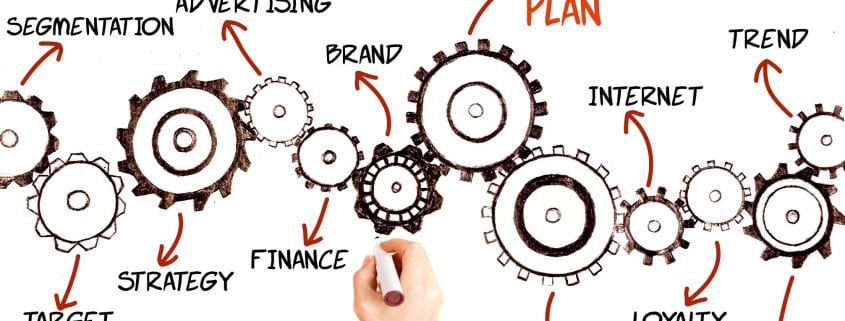
5 Simple Facebook Advertising Strategies
Facebook has an enormous user base that’s only continuing to grow every month. As of the first quarter of 2019, Facebook boasted 2.37 billion active monthly users — up 55 million from the previous quarter. Additionally, roughly 1.56 billion users are logging into Facebook on a daily basis. These are numbers that no marketer can ignore, which is why you should be using Facebook Ads. However, just because Facebook has a big audience doesn’t mean that you’ll reach your target audience. It’s why you need to put some time into crafting an effective Facebook advertising strategy. The following are five Facebook advertising strategies that will help you reach your target audience:
1. Target Life Events
Depending on what your business is, you can target users based on major life events. Users commonly share big life events, such as if they bought a new house, got engaged, had a new baby, moved to a new city, or got a new job. Facebook is well aware of this, which is why it offers advertisers a Life Events parameter. You can select what life event you’re targeting and the date range from that event that the event will remain relevant. For example, if you’re a moving company, you might want to target users who have just closed on a new home within a three-month range. If you’re a jeweler, you may want to target newly engaged users within a year of their engagement.
2. Target Custom Audiences
Another unique feature that you can use on Facebook is the ability to target Custom Audiences. The feature works by uploading who you want to target, such as a customer phone list, an email list, or even your Facebook followers list. You can then specifically target these audiences. Doing this can be an excellent way to increase your lifetime customer value and to boost brand loyalty. You can also choose to specifically exclude the list you upload if your goal is to target completely new leads. 
3. Use Geo-Targeting
As you can imagine, targeting all of Facebook’s 2.37 billion monthly users is a ridiculous idea. This is especially true if you’re running a local business that provides a local service. This means that targeting an audience in a different country or even a different state is going to be a waste of time. Geo-targeting allows you to target users who are located within the vicinity of your physical location or the locations that you serve.
4. Retarget Engaged Users
Retargeting users who have engaged with your brand via Facebook in some way can be effective for a number of reasons. First of all, they’re aware of your brand. Secondly, they’ve shown interest through interaction. For example, if you ran a Facebook video ad campaign, then you can retarget users that watched the video all the way through with an additional call-to-action.
Similar Article: How Much To Advertise on Instagram And Why It ‘s Worth The Cost
5. Take Advantage Of Look Alike-Audiences
Lookalike Audiences lets you mirror your Custom Audience list or Facebook following. By doing this, you’ll target a completely new audience that has a lot in common with your current leads and customers. You’ll be able to expand past your reach while still targeting users with specific profiles.
These are five ways you can implement a Facebook advertising strategy that will allow you to effectively target your audience. Just keep in mind that these strategies work best if you’ve already done the basics. This means developing your buyer personas, understanding who your target audience actually is, and establishing the main goals of your Facebook ad campaign.











